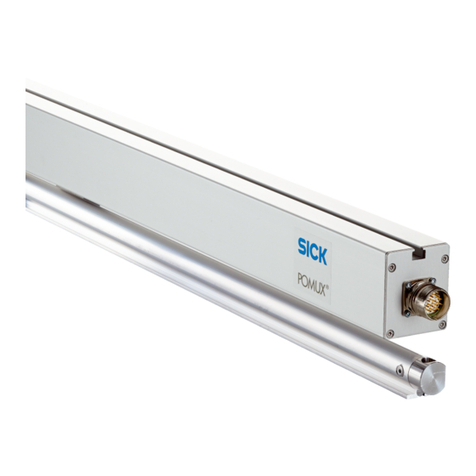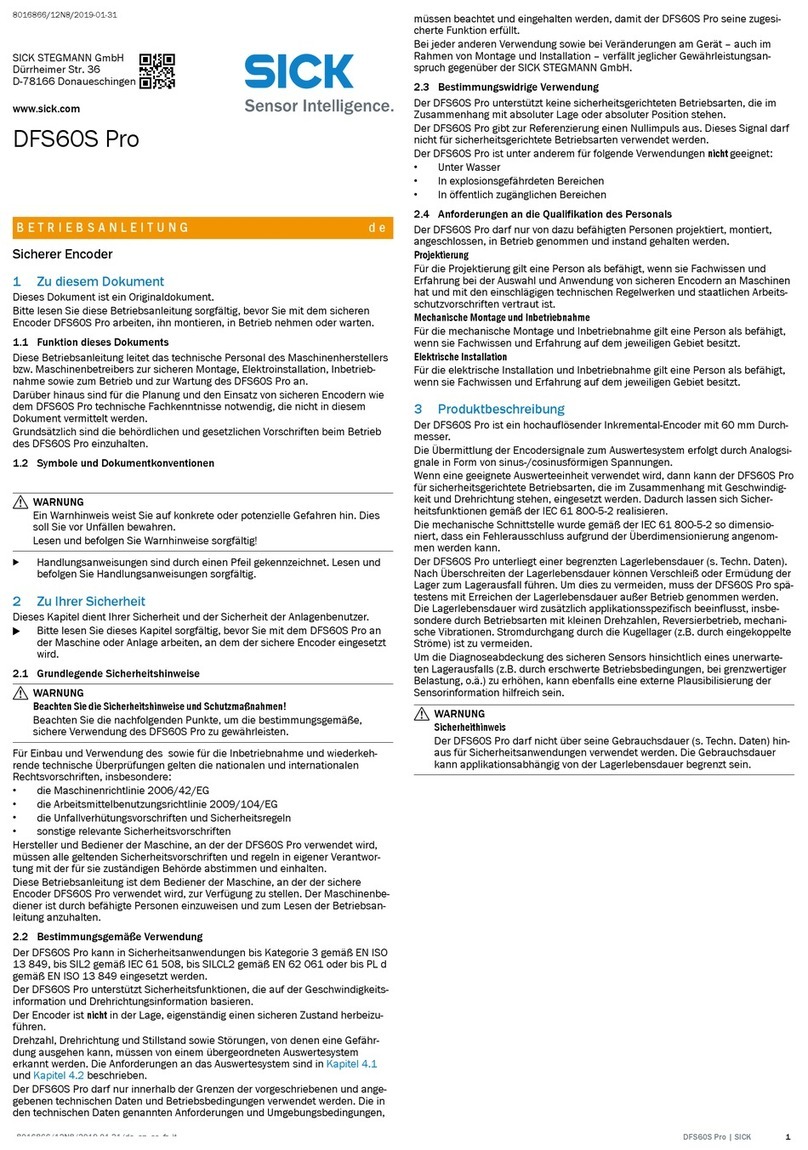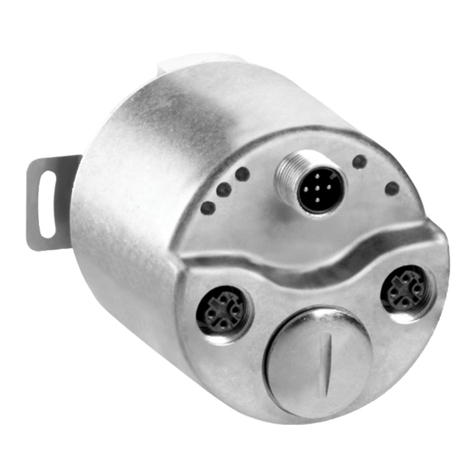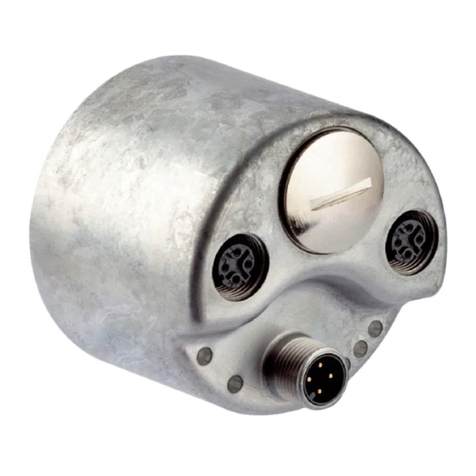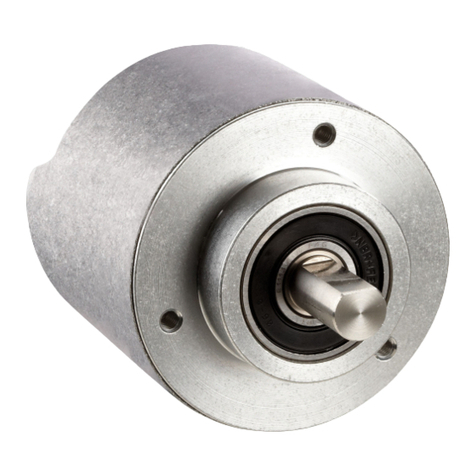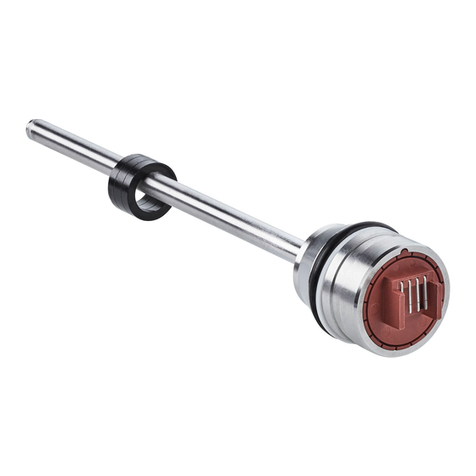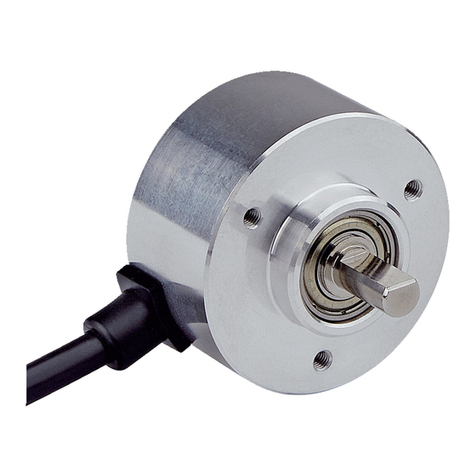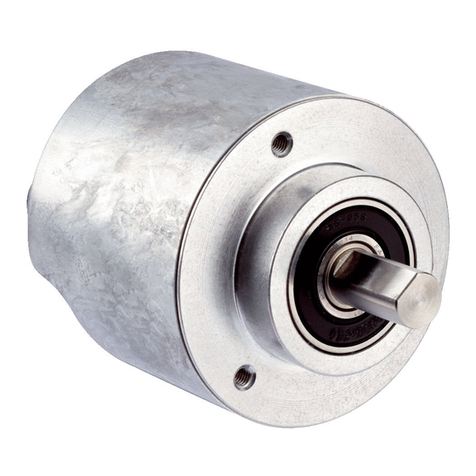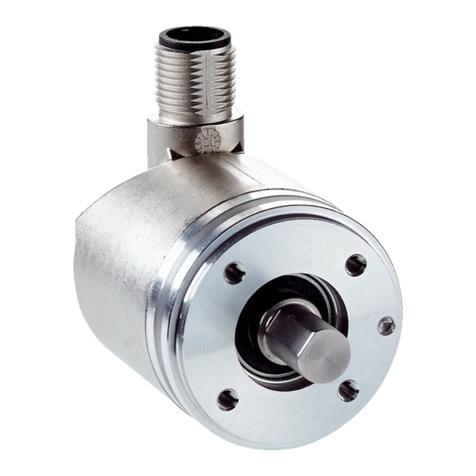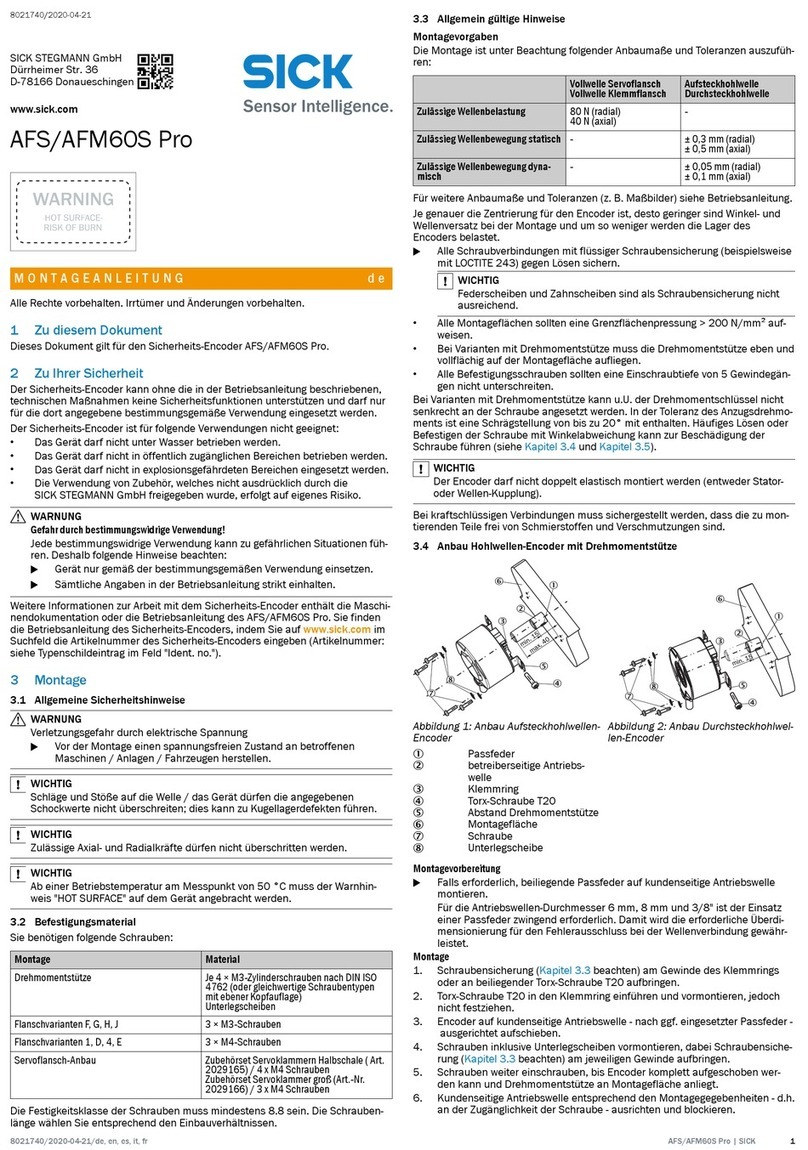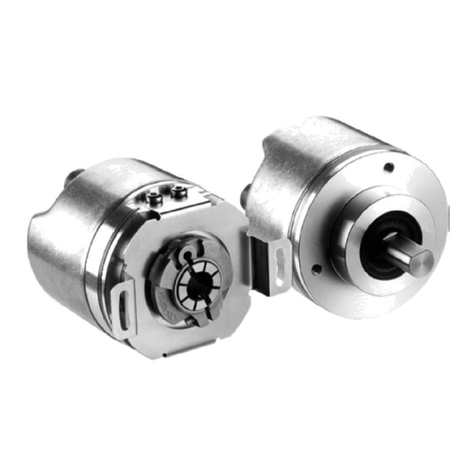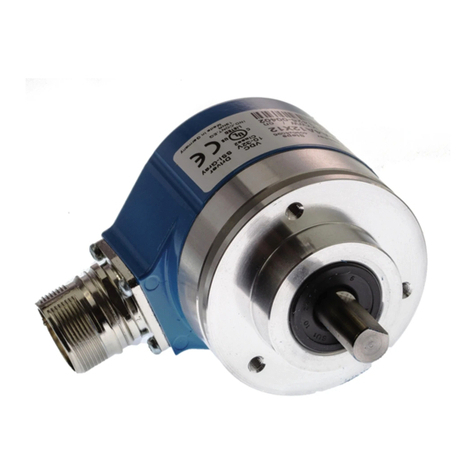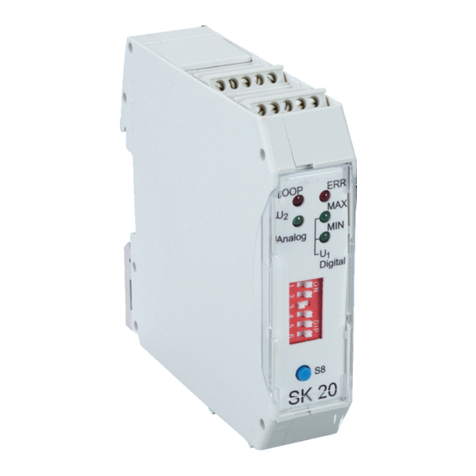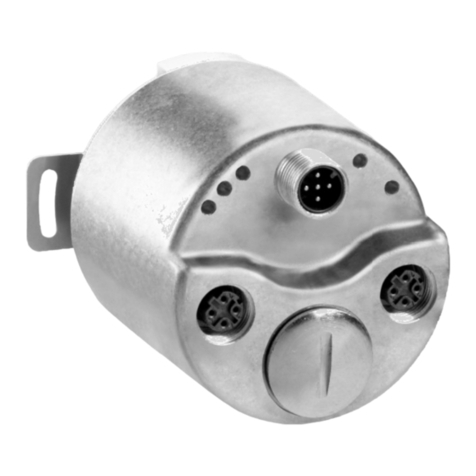
5.7.1 PDO mapping.......................................................... 31
5.7.2 PDO data transmission.......................................... 32
5.7.3 Asynchronous or synchronous formation of the
position.................................................................... 34
5.8 Configurable functions............................................................ 34
5.8.1 EDS file.................................................................... 35
5.8.2 Scaling parameters................................................ 35
5.8.3 Preset function........................................................ 38
5.8.4 Cyclic process data................................................. 39
5.8.5 Speed measurement.............................................. 40
5.8.6 Round axis functionality......................................... 41
5.8.7 Electronic cam mechanism.................................... 42
6 Object library............................................................................................. 45
6.1 Nomenclature.......................................................................... 45
6.2 Standard objects..................................................................... 45
6.2.1 Detailed information on the standard objects...... 46
6.3 Process Data Objects.............................................................. 51
6.3.1 Basic PDO structure................................................ 52
6.3.2 Parameter of the Receive PDO.............................. 52
6.3.3 Parameter of the Transmit PDOs........................... 53
6.3.4 Transmission types................................................. 55
6.3.5 Objects and their subindices that can be map‐
ped........................................................................... 57
6.4 Encoder profile specific objects.............................................. 58
6.4.1 Encoder parameters............................................... 59
6.4.2 Objects for the electronic cam mechanism
(CAM)....................................................................... 61
6.4.3 Objects for diagnostics........................................... 64
6.5 Manufacturerspecific objects................................................. 68
6.5.1 Objects for the encoder configuration................... 69
6.5.2 Objects that provide status information................ 74
7 Commissioning......................................................................................... 83
7.1 Electrical installation............................................................... 83
7.1.1 Connection of the AHS/AHM36 CANopen and
AHS/AHM36 CANopen Inox................................... 83
7.2 Settings on the hardware........................................................ 84
7.3 Configuration............................................................................ 84
7.3.1 Default delivery status............................................ 84
7.3.2 System configuration.............................................. 85
7.4 Tests before the initial commissioning................................... 89
8 Fault diagnosis.......................................................................................... 90
8.1 In the event of faults or errors................................................ 90
8.2 SICK-STEGMANN support....................................................... 90
8.3 Error and status indications on the LED................................ 90
8.3.1 Meaning of the LED displays.................................. 90
8.4 Diagnostics via CANopen........................................................ 91
CONTENTS
4O P E R A T I N G I N S T R U C T I O N S | AHS/AHM36 CANopen
AHS/AHM36 CANopen Inox
8016869/1B4I/2021-03-08 | SICK
Subject to change without notice


